Pieter Brueghel the Elder is considered as one of the masters of the Flemish School. Little is known about his life which has been very little documented: his birth is estimated to have taken place around 1525 and his death in 1569. After studying in Italy, he settled in Antwerp and then in Brussels. His work presents biblical or mythological scenes as well as everyday scenes.
One of his most famous paintings, the Great Tower of Babel, shows the biblical episode of the construction of the eponymous tower with the city of Antwerp as its backdrop. Zoom in on the hidden meanings of a painting that is as beautiful as it is fascinating.
Summary
What is the history of the Tower of Babel?
The Bible tells us that shortly after the Flood, when all men spoke the same language, King Nimrod of Babylon wanted to build a tower that would reach to the sky:
Then they said, “Come, let us build ourselves a city, with a tower that reaches to the heavens, so that we may make a name for ourselves; otherwise we will be scattered over the face of the whole earth.” – Genesis 11:4
But to punish him for his vanity, God endowed the workers with different languages so that they could no longer understand each other and the work stopped.
But the Lord came down to see the city and the tower the people were building. The Lord said, “If as one people speaking the same language they have begun to do this, then nothing they plan to do will be impossible for them. Come, let us go down and confuse their language so they will not understand each other.” So the Lord scattered them from there over all the earth, and they stopped building the city. That is why it was called Babel — because there the Lord confused the language of the whole world. From there the Lord scattered them over the face of the whole earth. – Genesis 11:5-9
What does the Great Tower of Babel of Brueghel represent?
The Flemish master represented this famous biblical legend. The tower is of course the central element of his painting, we see it rising to the sky with an increasingly unstable structure as it approaches the clouds. All around, a city that appears tiny to us serves to give the measure of the tower’s size.
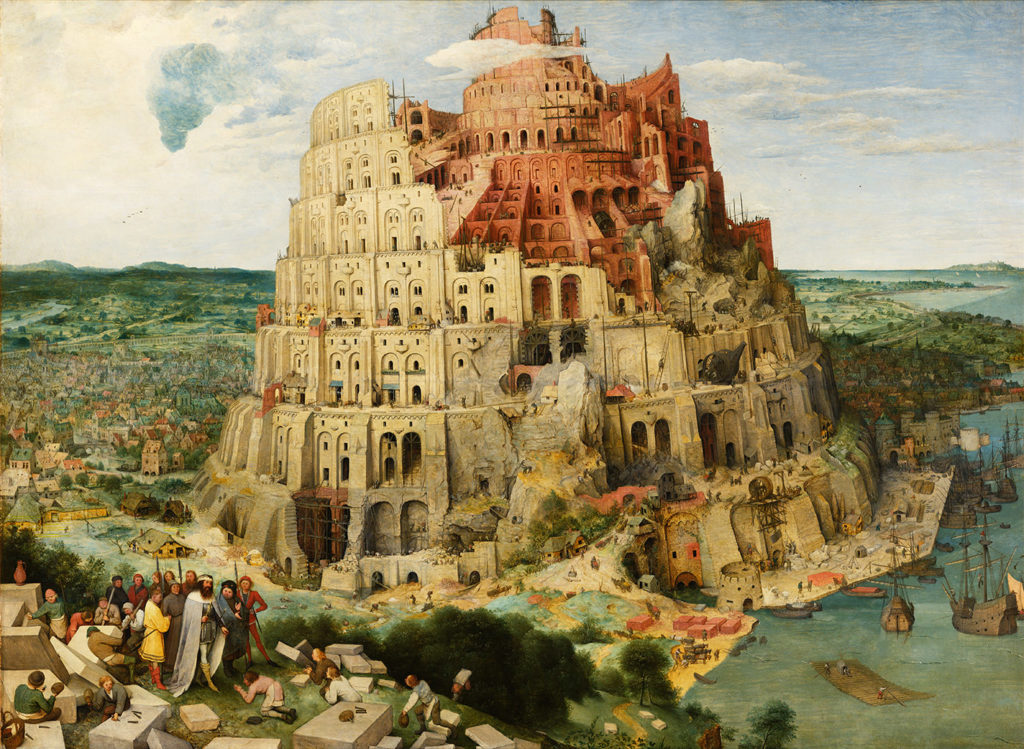
In the lower left corner, King Nimrod is visiting the construction site. He is accompanied by his architect and the guards while the stonemasons pay tribute to him.

On the horizon, nature stretches as far as the eye can see: fields, valleys, forests, meadows and watercourses provide a panorama of the wonders of our Earth and underline the beauty of divine creation, as opposed to the gigantic yet futile work of man.
A marvelous representation of the life of the people
But the most interesting thing in this table is its many details. If you take the time to study it closely, you will notice a lot of characters bustling on and around the tower.
By depicting the many workers in the tower, Brueghel has above all created a wonderful representation of the craftsmen of the city of Antwerp in the 16th century. Take a good look: you will see many techniques, several trades (stonemasons, masons…) and construction machines.
What are the hidden meanings of this painting?
To create this painting, Brueghel was inspired by his time. King Nimrod dressed in Renaissance fashion is an evocation of King Philip II of Spain who ruled the Netherlands at the time.
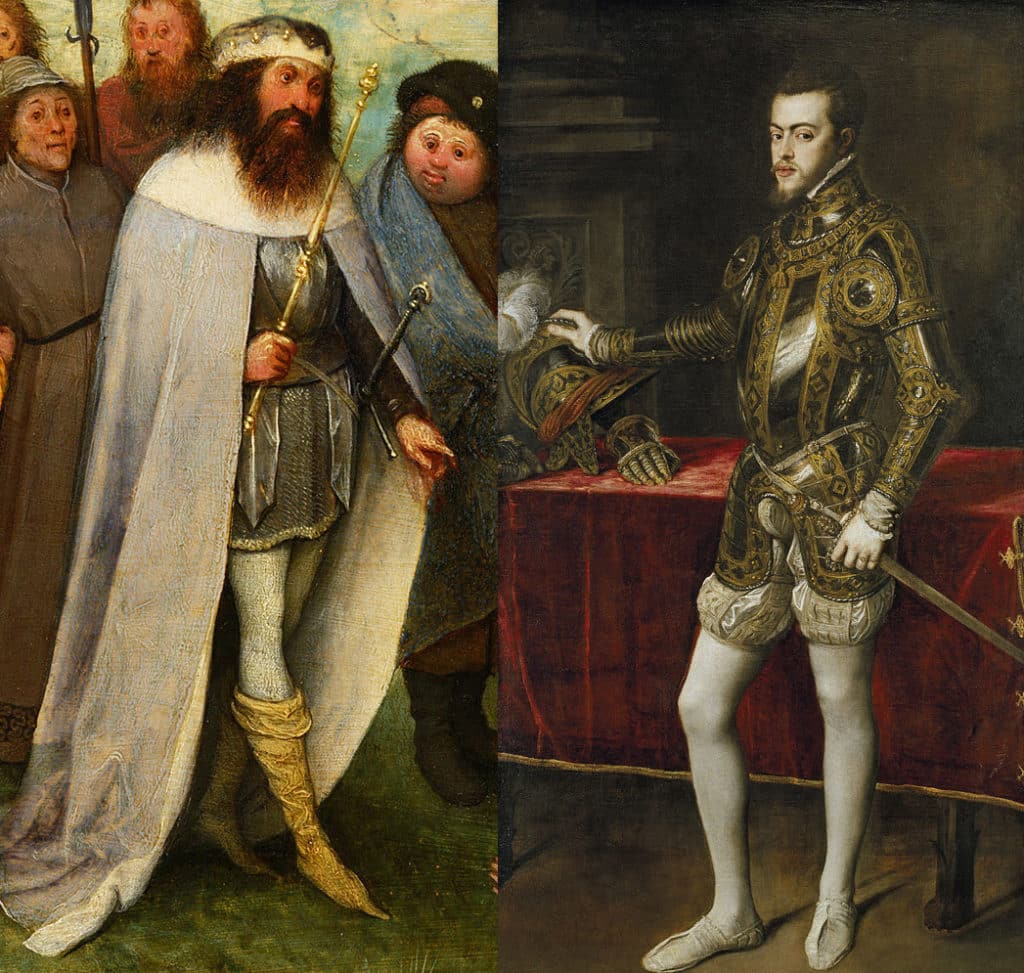
by Titian
The architecture of the tower would be inspired by the Colosseum of Rome which was already in ruins in the sixteenth century and which may have served as a model for the dilapidated tower.
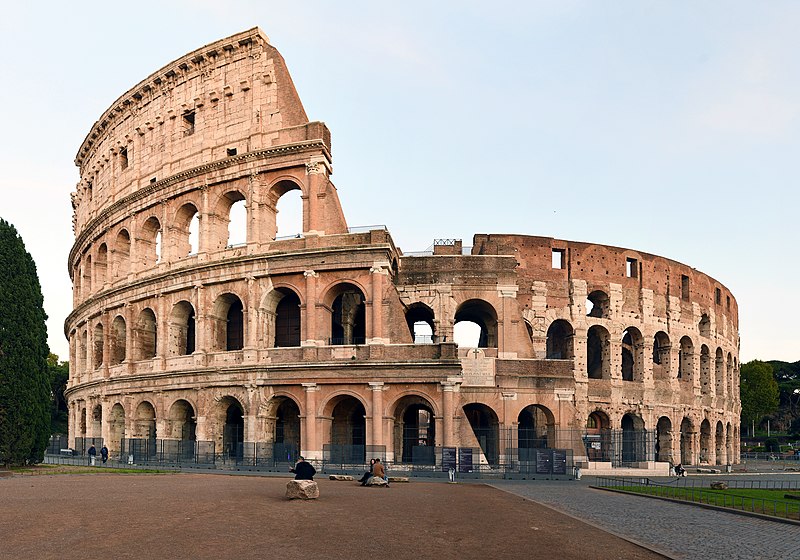
The city wall surrounding the city is that of Antwerp where Brueghel lived. The city was then a powerful and rapidly growing city that welcomed many travelers and therefore faced an important mix of languages. It is possible that the artist wondered about the similarities between Babel and Antwerp.
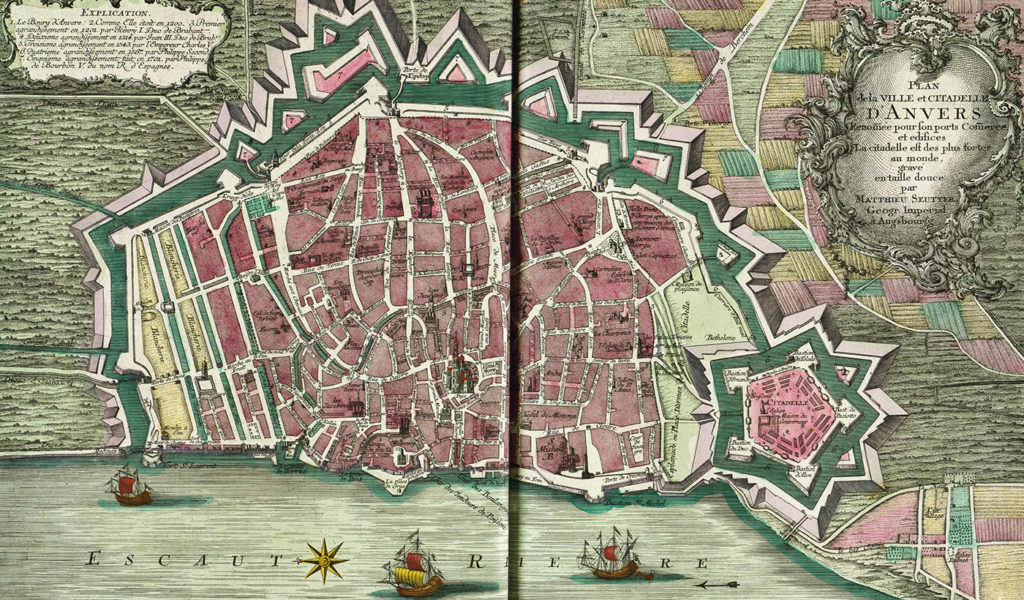
Where can we see this painting?
This painting is kept in the Kunsthistorisches Museum (Museum of Art History) in Vienna, Austria. While waiting to go there, you can observe it in great detail on the Google Arts and Culture website, which offers a digitized version in very high definition.

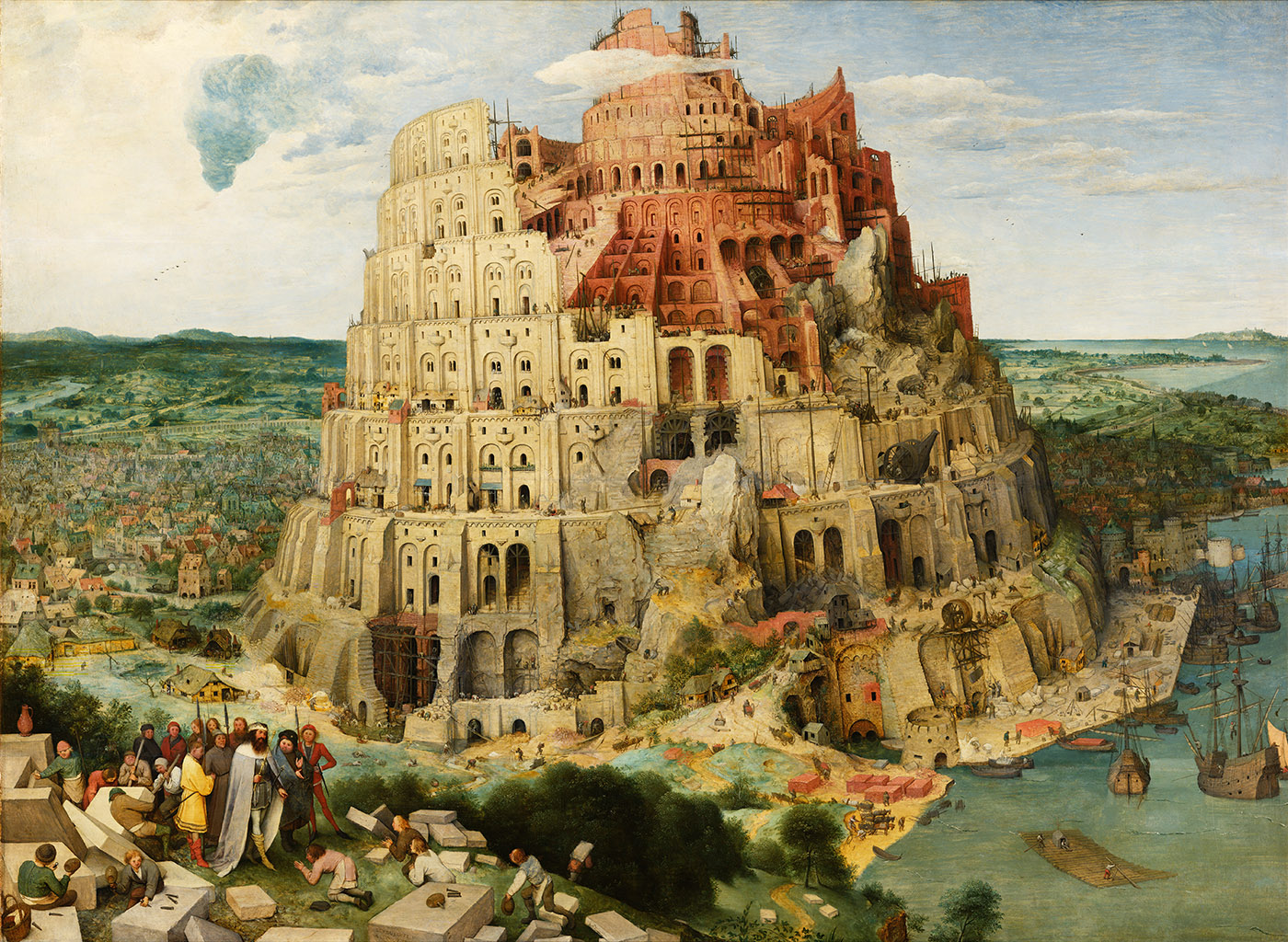

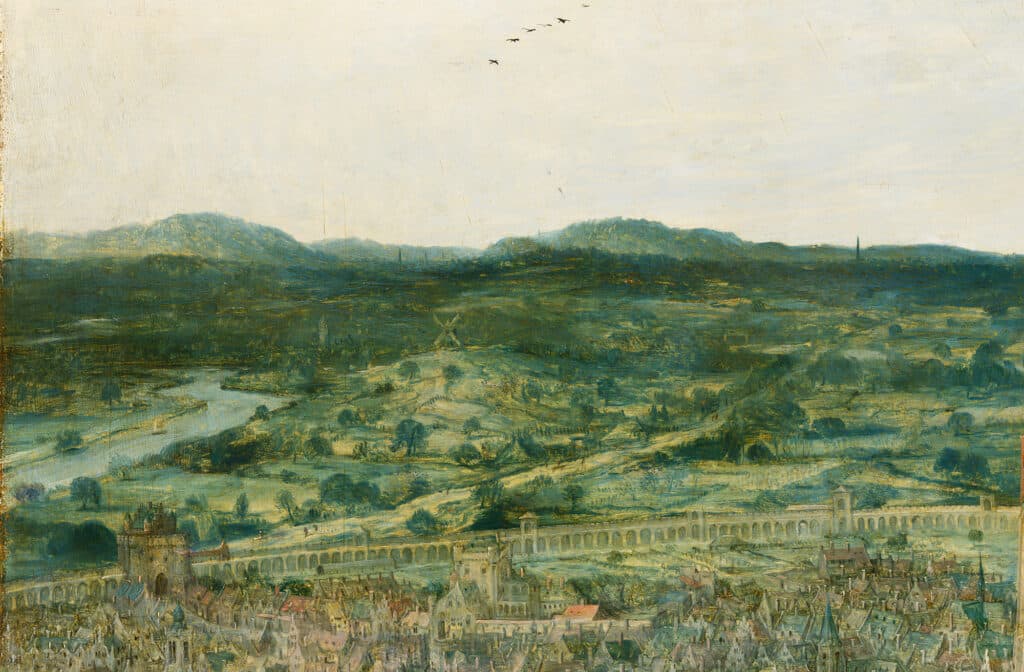



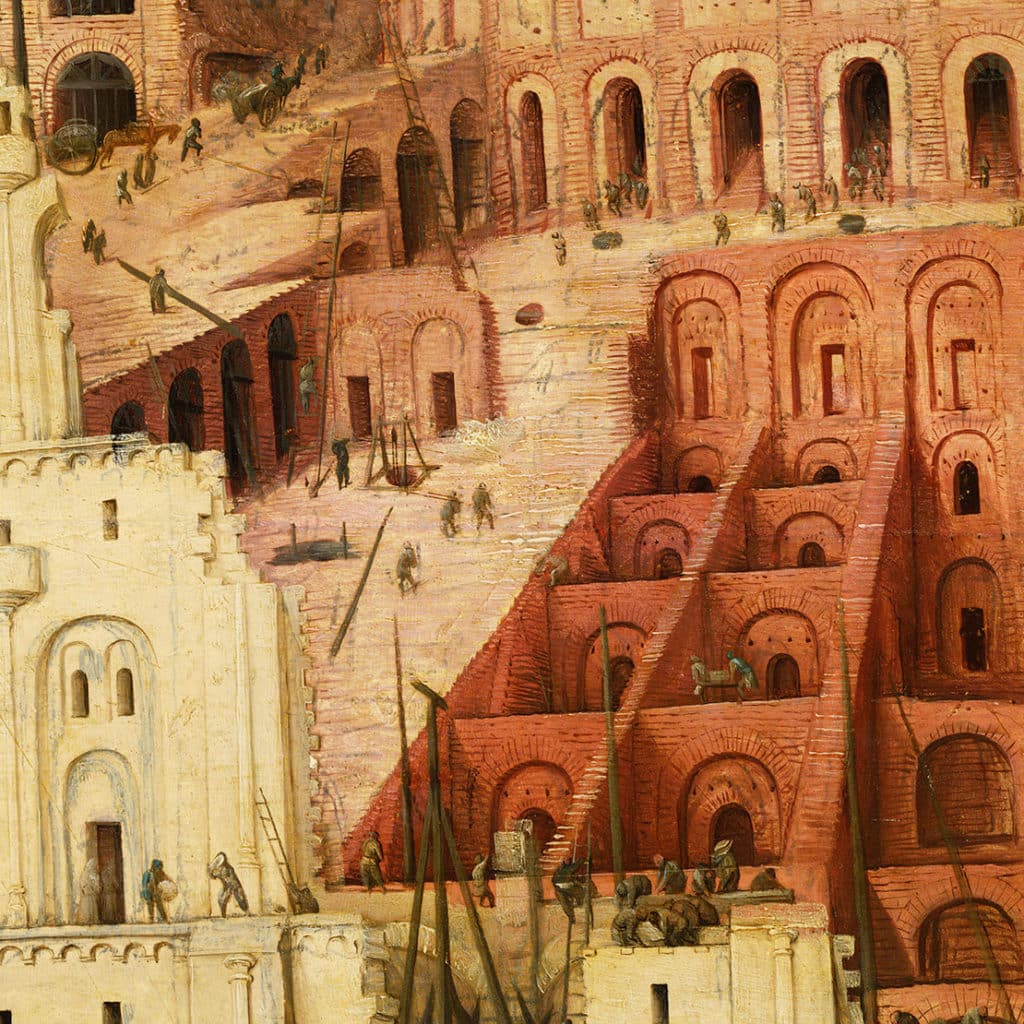


People reacted to this story.
Show comments Hide commentsI noticed that King Nimrod is depicted as white. Nimrod was the grandson of Cush. Cush means black. An incredible oversight of the artist in my opinion
It was also made with bricks, not stones. Bricks and slime.